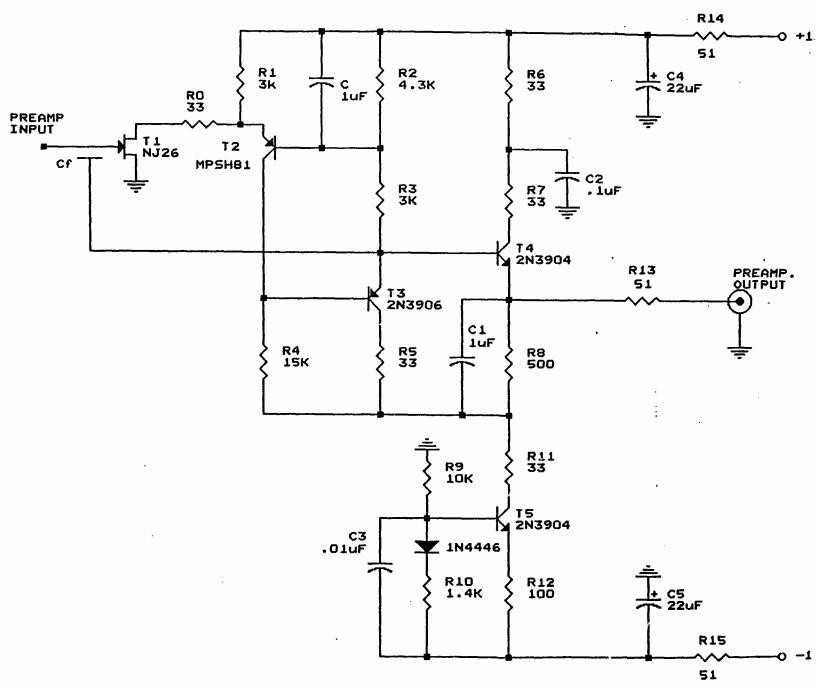A series of physics and electronics hacks should bring this from a 10 thousand dollar item with radiological protection issues down to, at it's most basic, little more than the floor sweepings of a local technical college; Photo diodes, discretes, op amps, an MCU and a licence exempt alpha source similar to one in a smoke detector. The best results will require a bit more money but the most expensive photo diodes often perform very badly.
It's important to be realistic about what can be achieved with a silcon diode. A number of well publicised projects have failed by not understanding the physics of the detector. 5kev to 60kev should be feasable with a thin diode. A silicon PIN diode may be able to detect and measure 600kev but I don't believe it is possible to do spectroscopy at this energy (without a scintillator). Likewise AMPTEK may have been able to get sub 250ev resolution 20 years ago in a specially fabricated PIN diode but I doubt it's feasible a commercial photo diode and discrete preamp will get us much below 1kev even with peltier cooling. Searching finds a lot of attempts that only achieved 4kev with home made preamps run at room temperature. Not everyone in the journals is giving away all of the secret sauce and so far no-one I can find has built a complete system needing no professional parts.
Whether you are trying to clean up a scrap yard for recycling or trying to clean up on a "yellow metal" auction lot, being able to rapidly find out what something is made of could be worth this projects weight in gold.


Hey A. M. Aitken, have you ever considered using a phototransistor instead?
back in the early 90's I build a light detector using Forest Mims schematics for one and it was ultra sensitive for detecting a wide swath of the light spectrum :)